Summary | Excerpt | Reading Guide | Reviews | Beyond the Book | Read-Alikes | Genres & Themes | Author Bio
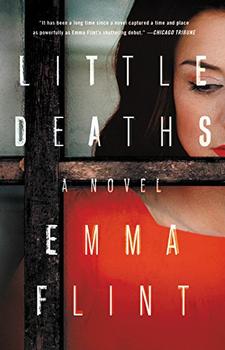
Critics' Opinion:
Readers' Opinion:
First Published:
Jan 2017, 320 pages
Paperback:
Oct 2017, 320 pages
 Book Reviewed by:
Book Reviewed by:
Donna Chavez
Buy This Book
This article relates to Little Deaths
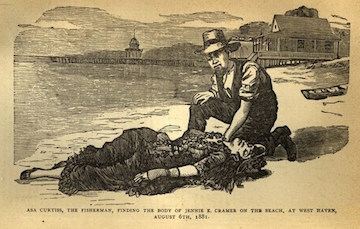 As evidenced in her novel, Little Deaths, author Emma Flint is an aficionado of true crime. These books that chronicle the grim details of actual murders are written with a sensitive ear to readers' morbid curiosity about sensational crimes. The genre has been popular for centuries – people have long been willing to shell out cash to indulge the guilty pleasure of peeping into man's oldest and most heinous practice – murder.
As evidenced in her novel, Little Deaths, author Emma Flint is an aficionado of true crime. These books that chronicle the grim details of actual murders are written with a sensitive ear to readers' morbid curiosity about sensational crimes. The genre has been popular for centuries – people have long been willing to shell out cash to indulge the guilty pleasure of peeping into man's oldest and most heinous practice – murder.
Gutenberg may have had lofty ambitions for his game-changing printing press, but leave it to people to take a fine invention and test its limits by setting it to more and more profane purposes. It didn't take long before Gutenberg's press evolved (or devolved, depending on one's point of view) from printing Bibles to, among other things, crime reporting. This took a few forms - pamphlets, which often detailed murders; ballads, which focused on criminals and were made into posters that hung in cities and towns; and printed accounts of trials.
Reading as a pastime escalated, along with a consequent curiosity to know more about the world. And as soon as writers and, more likely, publishers discovered the public's willingness to pay for information about everything from cooking to capital crimes, the true crime genre was born. Actually it might be surmised that what we know today as the newspaper or tabloid may very well have originated from these posters and pamphlets that focused on crimes that had been committed in or around a community. Readers were hungry for all the lurid details of every homicide, as well as the subsequent investigations and the trials, if a perpetrator had been arrested. As an additional bonus, woodcut illustrations often depicted the most gruesome details. These grew into penny dreadfuls - a 19th century unofficial literary category of cheap, serial fiction which focused on - well - dreadful happenings such as poisoning, strangling and burglary.
The more the reading public hungered for additional details – How much blood? How many stab wounds? Was there rape? – the more quickly straight reportage grew into unsavory voyeurism. This kind of salacious journalism carried the stigma of crass low-mindedness. True crime books began to be written in the early 20th century and carried the same stigma. The fictional detective crime novel, on the other hand, held broad appeal because it always produced conclusions: the perpetrator caught, the confession, the motive revealed, and the fitting punishment meted out. Additionally, the author of fiction had license to explore complex themes and issues. The true crime writer, not so much.
Thus, as a genre, true crime never earned the respect of serious book critics. It remained the all but silent stepchild of an unhappy marriage between yellow journalism and literature, and largely stayed that way until Truman Capote broke the barrier with his 1966 novel about the murders of an Iowa family, In Cold Blood. Then, in 1980, Norman Mailer won a Pulitzer Prize for The Executioner's Song, which marked a new milestone for the genre's credibility.
Elm City Murder Pamphlet, 1881
Filed under Books and Authors
![]() This "beyond the book article" relates to Little Deaths. It originally ran in February 2017 and has been updated for the
October 2017 paperback edition.
Go to magazine.
This "beyond the book article" relates to Little Deaths. It originally ran in February 2017 and has been updated for the
October 2017 paperback edition.
Go to magazine.
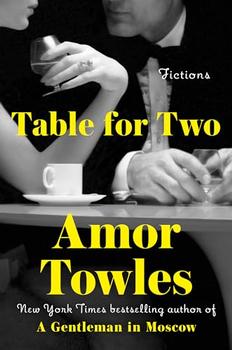
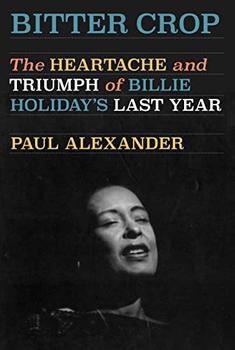
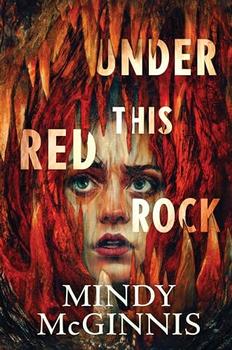
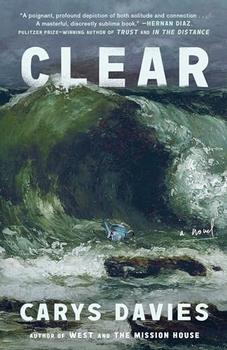
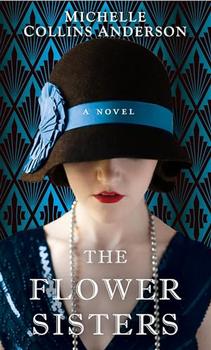
The Flower Sisters
by Michelle Collins Anderson
From the new Fannie Flagg of the Ozarks, a richly-woven story of family, forgiveness, and reinvention.
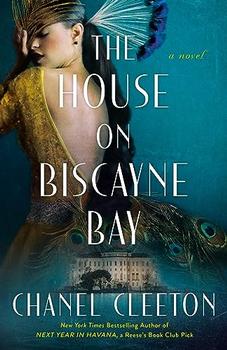
The House on Biscayne Bay
by Chanel Cleeton
As death stalks a gothic mansion in Miami, the lives of two women intertwine as the past and present collide.

The Funeral Cryer by Wenyan Lu
Debut novelist Wenyan Lu brings us this witty yet profound story about one woman's midlife reawakening in contemporary rural China.
Your guide toexceptional books
BookBrowse seeks out and recommends the best in contemporary fiction and nonfiction—books that not only engage and entertain but also deepen our understanding of ourselves and the world around us.